
漢德百科全書 | 汉德百科全书
 Nordmazedonien
Nordmazedonien
 Albania
Albania
 Andrej Babiš
Andrej Babiš
 Andrej Plenković
Andrej Plenković
 Angela Merkel
Angela Merkel
 António Costa
António Costa
 Bosnia Herzegovina
Bosnia Herzegovina
 Charles Michel
Charles Michel
 Emmanuel Macron
Emmanuel Macron

 European Union
European Union

 Hand in Hand
Hand in Hand
 Kosovo
Kosovo
 Kyriakos Mitsotakis
Kyriakos Mitsotakis
 Mario Draghi
Mario Draghi
 Mark Rutte
Mark Rutte
 Mateusz Morawiecki
Mateusz Morawiecki
 Montenegro
Montenegro
 Nikos Anastasiadis
Nikos Anastasiadis
 Nordmazedonien
Nordmazedonien
 Pedro Sánchez
Pedro Sánchez
 Sebastian Kurz
Sebastian Kurz
 Serbia
Serbia
 Ursula von der Leyen
Ursula von der Leyen
 Viktor Orbán
Viktor Orbán
 Xavier Bettel
Xavier Bettel
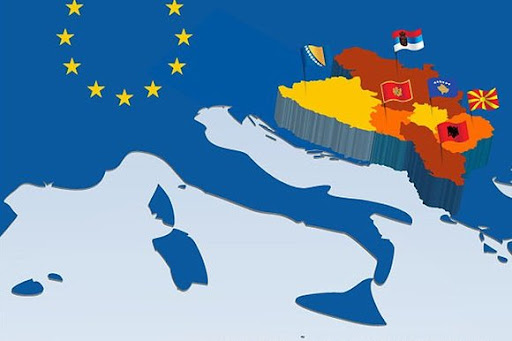
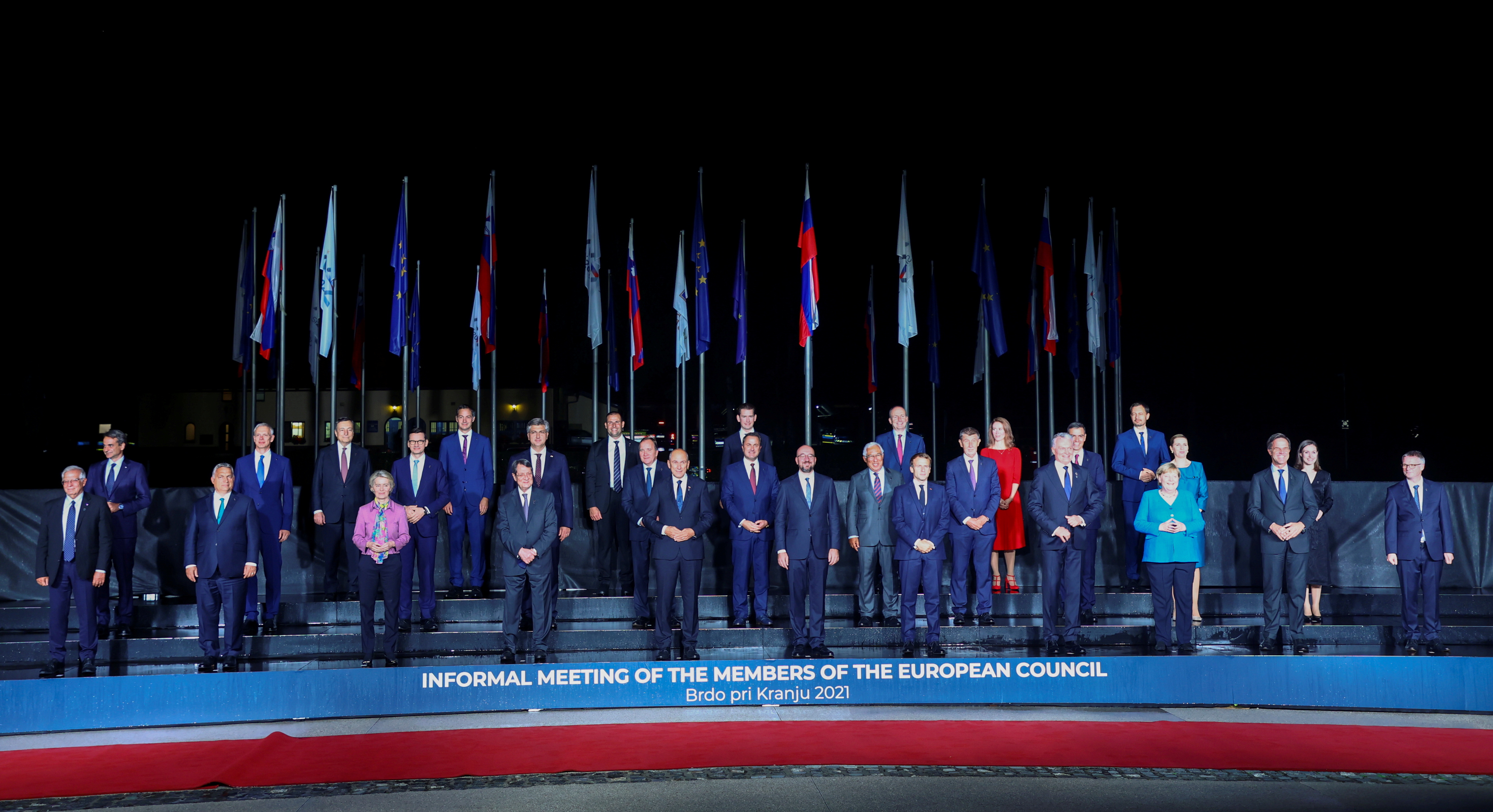

 Albania
Albania
 Aleksandar Vučić
Aleksandar Vučić
 Alexander De Croo
Alexander De Croo
 Alexander Stubb
Alexander Stubb
 Andorra
Andorra
 Andrej Plenković
Andrej Plenković
 Armenia
Armenia
 Azerbaijan
Azerbaijan
 Belgium
Belgium
 Bjarni Benediktsson
Bjarni Benediktsson
 Bosnia Herzegovina
Bosnia Herzegovina
 Bulgaria
Bulgaria
 Charles Michel
Charles Michel
 Denmark
Denmark
 Denis Bećirović
Denis Bećirović
 Germany
Germany
 Dick Schoof
Dick Schoof
 Donald Tusk
Donald Tusk
 Edi Rama
Edi Rama
 Emmanuel Macron
Emmanuel Macron
 England
England
 Estonia
Estonia

 European Union
European Union
 Evika Siliņa
Evika Siliņa
 Finland
Finland
 France
France
 Georgia
Georgia
 Giorgia Meloni
Giorgia Meloni
 Gitanas Nausėda
Gitanas Nausėda
 Greece
Greece
 Hristijan Mickoski
Hristijan Mickoski
 Ilham Aliyev
Ilham Aliyev
 Ireland
Ireland
 Iceland
Iceland
 Italy
Italy
 Jakov Milatović
Jakov Milatović
 Jens Stoltenberg
Jens Stoltenberg
 Jonas Gahr Støre
Jonas Gahr Støre
 Kaja Kallas
Kaja Kallas
 Keir Starmer
Keir Starmer
 Klaus Johannis
Klaus Johannis
 Kosovo
Kosovo
 Croatia
Croatia
 Kyriakos Mitsotakis
Kyriakos Mitsotakis
 Latvia
Latvia
 Liechtenstein
Liechtenstein
 Lithuania
Lithuania
 Luc Frieden
Luc Frieden
 Luxembourg
Luxembourg
 Maia Sandu
Maia Sandu
 Malta
Malta
 Mette Frederiksen
Mette Frederiksen
 Moldawien
Moldawien
 Monaco
Monaco
 Montenegro
Montenegro
 Netherlands
Netherlands
 Nikol Pashinyan
Nikol Pashinyan
 Nordmazedonien
Nordmazedonien
 Norwegen
Norwegen
 Olaf Scholz
Olaf Scholz
 Austria
Austria

 Party and government
Party and government

 Party and government
Party and government
 European Political Community Summit
European Political Community Summit
 Pedro Sánchez
Pedro Sánchez
 Petr Fiala
Petr Fiala
 Poland
Poland
 Portugal
Portugal
 Robert Abela
Robert Abela
 Robert Golob
Robert Golob
 Romania
Romania
 Rumen Radew
Rumen Radew
 San Marino
San Marino
 Sweden
Sweden
 Switzerland
Switzerland
 Serbia
Serbia
 Simon Harris
Simon Harris
 Slovakia
Slovakia
 Slovenia
Slovenia
 Spain
Spain
 Czech Republic
Czech Republic
 Turkey
Turkey
 Ukraine
Ukraine
 Hungary
Hungary
 United Kingdom
United Kingdom
 Viktor Orbán
Viktor Orbán
 Viola Amherd
Viola Amherd
 Wolodymyr Selenskyj
Wolodymyr Selenskyj
 Cyprus
Cyprus
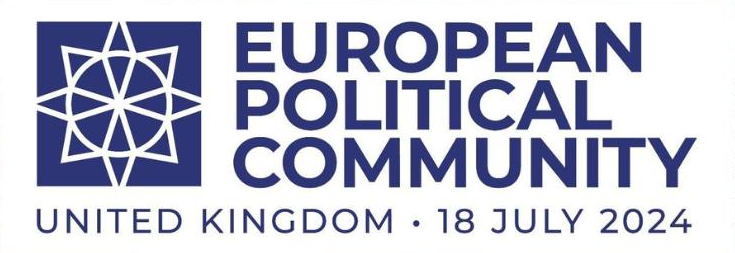


 Albania
Albania
 Bosnia Herzegovina
Bosnia Herzegovina
 Bulgaria
Bulgaria
 Greece
Greece
 Kosovo
Kosovo
 Croatia
Croatia
 Montenegro
Montenegro
 Nordmazedonien
Nordmazedonien
 Romania
Romania
 Serbia
Serbia
 Slovenia
Slovenia
 Turkey
Turkey
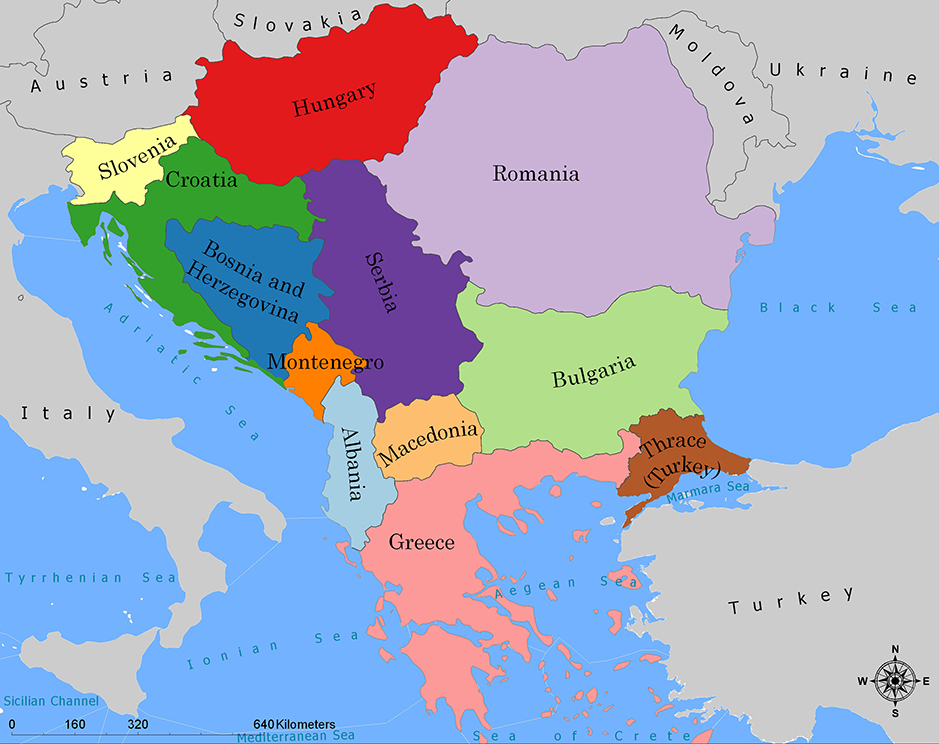
 Albania
Albania
 Bosnia Herzegovina
Bosnia Herzegovina
 Bulgaria
Bulgaria
 Greece
Greece
 Kosovo
Kosovo
 Croatia
Croatia
 Montenegro
Montenegro
 Nordmazedonien
Nordmazedonien
 Romania
Romania
 Serbia
Serbia
 Slovenia
Slovenia
 Turkey
Turkey
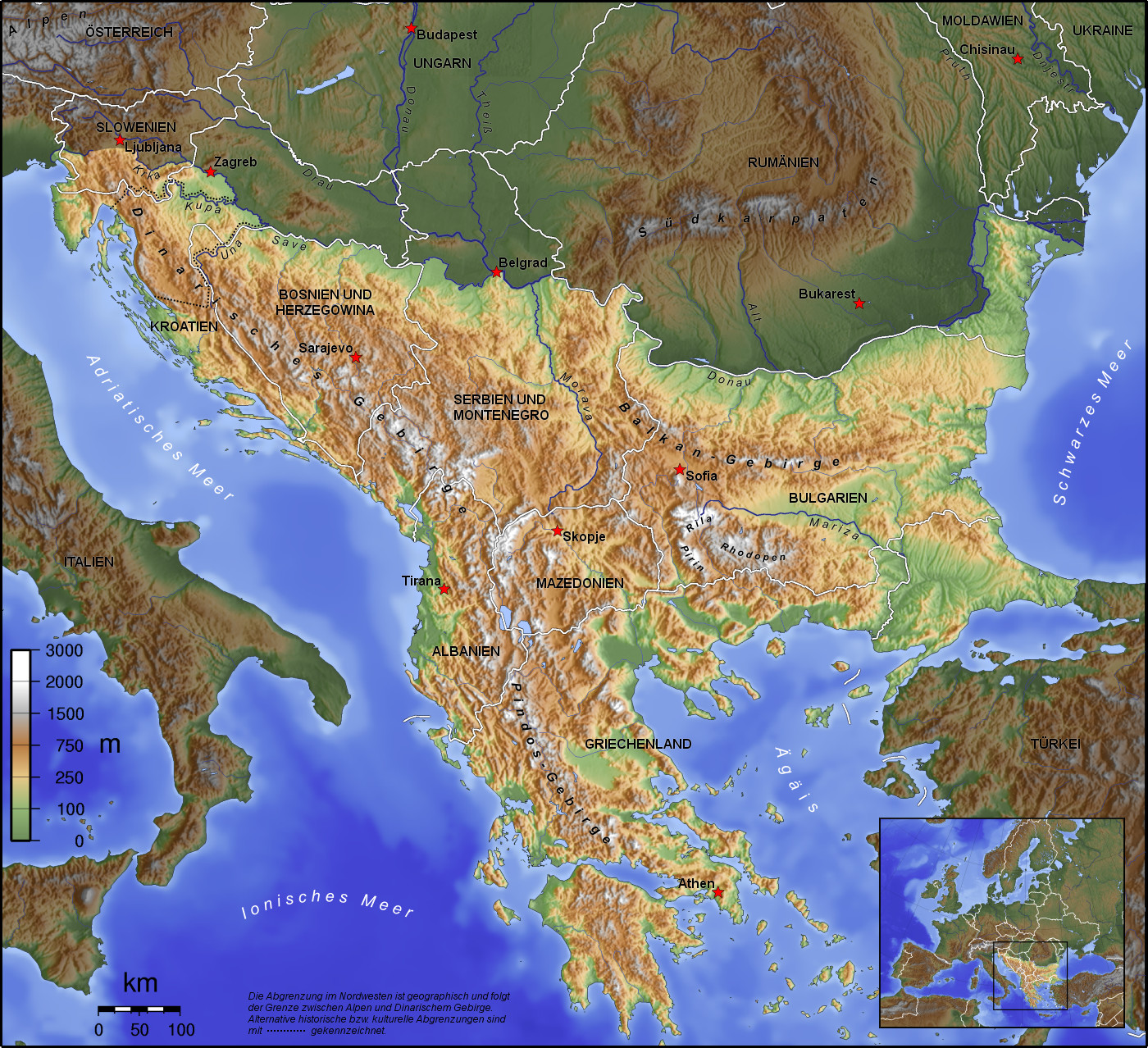
Die Balkanhalbinsel (auch kurz Balkan, oft synonym mit Südosteuropa verwendet) ist eine geographisch nicht eindeutig definierte Halbinsel im Südosten Europas. Sie ragt in das Mittelmeer und ist nach dem Balkangebirge benannt. Der größte Staat auf der Halbinsel ist Griechenland, gefolgt von Bulgarien (in dem sich der Großteil des Balkangebirges befindet), Serbien, Bosnien und Herzegowina, Albanien, Nordmazedonien, Montenegro und dem Kosovo. Die Staatsgebiete von Serbien, Kroatien, Rumänien, Slowenien und der Türkei, die durch ihre thrakischen Provinzen Anteil am Balkan hat, reichen über die Grenzen der Balkanhalbinsel hinaus.
Ungeachtet der Herleitung des geographischen Namens sind das dominierende Gebirge des Balkans die Dinariden im westlichen Teil der Halbinsel; ihr höchster Gipfel Jezerca (2694 m) liegt in Albanien. Die höchste Erhebung des Balkans ist der Gipfel Musala (2925 m) im Rila-Gebirge. Das Balkangebirge erreicht 2376 m maximale Gipfelhöhe.
巴尔干半岛(Balkans),是一个地理名词,用以描述欧洲的东南隅位于亚得里亚海和黑海之间的陆地,详细的范围依照定义不同有许多种说法。该地约有55万平方公里和近5500万人口。在古希腊时代,巴尔干半岛被称为哈伊莫司半岛。该地区的名称来自于一条通过保加利亚中心到东塞尔维亚的巴尔干山脉。[1]
巴尔干地区向来存在诸多矛盾,其中既有宗教矛盾,也有领土争端。由于半岛的地缘政治重要性,由此而来的列强干涉致使这一地区的矛盾频繁被放大为战争,因此又有欧洲火药库之称。不过近年巴尔干半岛(南斯拉夫内战后至今)已实现停火与和平,只是偶然间在领土主权上有些纠纷,例如科索沃主权问题。第一次世界大战的触发点之——萨拉热窝事件亦是发生在巴尔干半岛上。
目前,巴尔干半岛共有11个国家,共有面积是47.6万平方公里,人口1.3亿。
南欧相邻地中海的三大半岛,从东向西分别为巴尔干半岛、意大利半岛(亚平宁半岛)、伊比利亚半岛。
半岛地处欧、亚、非三大陆之间,是欧、亚联系的陆桥,南临地中海重要航线,东有博斯普鲁斯海峡和达达尼尔海峡扼黑海的咽喉,地理位置极为重要。地形以山地为主,喀尔巴阡山以南多为山丘及石灰岩地形,以北多以为平原为主。半岛西部有迪纳拉-品都斯山脉,中东部有喀尔巴阡-老山(巴尔干)山脉。老山山脉是阿尔卑斯、喀尔巴阡山的延伸,经南斯拉夫东部,横贯保加利亚中部,直临黑海。东西两列山脉之间是古老的罗多彼山脉和马其顿山丛,最高峰穆萨拉峰,海拔2925米。半岛上平原分布零散,仅萨瓦河、多瑙河、马里查河谷较宽广。 巴尔干半岛位于欧洲东南部,三面被水环绕:西邻亚德里亚海、南面是地中海(包括爱奥尼亚海和爱琴海)和马尔马拉海、东边是黑海。其北部边界通常被定为多瑙河、萨瓦河和库帕河。[2] [3]巴尔干半岛包括49万平方公里土地。
バルカン半島(バルカンはんとう、Balkan Peninsula)、またはバルカン(Balkans)は東南ヨーロッパにある地理的領域であり、地理的・歴史的に様々な意味合いと定義付け[1][2]の下で使用される概念である[3]。名称はバルカン山脈からきている。この山脈はセルビアとブルガリアの国境から黒海沿岸まで、ブルガリア全土を横断している。バルカン半島は北西をアドリア海に、南西をイオニア海に、南と南東をエーゲ海に、そして東と北東を黒海によって区切られている[4]。北側の境界は論者と文脈によって様々に定義されていて不定である。バルカン半島の最高地点はリラ山地にあるムサラ山(2925メートル)である。
バルカン半島という概念はドイツの地理学者アウグスト・ツォイネによって1808年に創り出された[5][6]。彼はバルカン山脈がディナル・アルプス山脈と共にアドリア海から黒海まで東南ヨーロッパを区分していると誤認していた[5]。この地域はかつてオスマン帝国の属領であり、バルカン半島という用語は19世紀にはヨーロッパ・トルコ(European Turkey)の同義語であった[7]。バルカン半島という言葉は地理学的というよりもむしろ地政学的定義を持っており、この傾向は20世紀初頭にユーゴスラヴィア王国が成立するとさらに増した。バルカン半島を定義する自然境界が「半島」の学術的定義と一致していないため、現代の地理学者は「バルカン半島」という考え方を拒絶しており、通常はバルカンを「地域」として議論を行っている。この言葉には徐々に、特に1990年代以降、バルカニゼーション(バルカン化)のプロセスと関連して汚名と侮蔑的意味合いが与えられており[4][8]、それ故に東南ヨーロッパ(南東ヨーロッパ)という別の用語が使用されている。
The Balkans (/ˈbɔːlkənz/ BAWL-kənz), also known as the Balkan Peninsula, is a geographic area in Southeast Europe with various geographical and historical definitions.[2][3][4] The region takes its name from the Balkan Mountains that stretch throughout the whole of Bulgaria. The Balkan Peninsula is bordered by the Adriatic Sea in the northwest, the Ionian Sea in the southwest, the Aegean Sea in the south, the Turkish Straits in the east, and the Black Sea in the northeast. The northern border of the peninsula is variously defined.[5] The highest point of the Balkans is Mount Musala, 2,925 metres (9,596 ft), in the Rila mountain range, Bulgaria.
The concept of the Balkan Peninsula was created by the German geographer August Zeune in 1808,[6] who mistakenly considered the Balkan Mountains the dominant mountain system of Southeast Europe spanning from the Adriatic Sea to the Black Sea. The term Balkan Peninsula was a synonym for Rumelia in the 19th century, the European provinces of the Ottoman Empire. It had a geopolitical rather than a geographical definition, which was further promoted during the creation of the Kingdom of Yugoslavia in the early 20th century. The definition of the Balkan Peninsula's natural borders do not coincide with the technical definition of a peninsula; hence modern geographers reject the idea of a Balkan peninsula, while historical scholars usually discuss the Balkans as a region. The term has acquired a stigmatized and pejorative meaning related to the process of Balkanization,[5][7] and hence the preferred alternative term used for the region is Southeast Europe.
Les Balkans sont une des trois « péninsules » de l'Europe du Sud, mais cette appellation traditionnelle est parfois contestée en l'absence d'un isthme : les géographes préfèrent le terme de « région ». Elle est bordée par des mers sur trois côtés : la mer Adriatique et la mer Ionienne à l'ouest, la mer Égée au sud et la mer de Marmara et la mer Noire à l'est. Au nord, on la délimite généralement par les cours du Danube, de la Save et de la Kupa. Cette région couvre une aire totale de plus de 550 000 km2 et regroupe une population de près de 53 millions d’habitants.
La penisola balcanica, nota anche come Balcani (dalla forma abbreviata di Monti Balcani, sistema montuoso tra Bulgaria e Serbia; dal turco balkan ‘monteʼ[2]), è una penisola dell'Europa orientale; è delimitata a ovest dal mare Adriatico, a sud-ovest dal mar Ionio, a est dal mar Nero, a sud-est dal mar di Marmara, e a sud dal mar Egeo.
Come spesso accade per le penisole, incerta è la definizione del suo confine sulla terraferma, aggravato dal fatto che si tratta di uno dei suoi confini più estesi. Non aiuta inoltre la definizione di questa linea di demarcazione il fatto che il territorio presenta al suo interno grandi differenze e frammentazioni per storia, nazionalità, lingua, cultura e religione delle popolazioni che vi abitano.
Solitamente se ne stabilisce il confine sul Danubio e sul suo affluente Sava. In questo modo si include in tale area anche parte della Slovenia e della Romania (paese di lingua romanza orientale), che però storicamente hanno avuto a che fare con i Balcani solo dopo la dissoluzione dell'Impero asburgico. Secondo il geografo Vittorio Vialli, la delimitazione a nord è rappresentata dalla linea geografica Istria-Odessa. Esclude dalla regione la Slovenia l'interpretazione del confine che include il fiume Kupa, facendolo partire dalla città di Fiume e raggiungendo le foci del Danubio.[3] In tal modo confina a ovest con la cosiddetta regione geografica italiana,[4][5] che include anche territori non facenti parte della Repubblica Italiana. La definizione politica di Balcani venne in uso nel XIX secolo per designare i paesi europei interessati dall'espansione e dalla successiva dissoluzione dell'Impero ottomano.[6]
Del resto le caratteristiche del territorio, solcato da catene montuose parallele che ostacolarono il movimento in direzione nord-sud e una colonizzazione uniforme già ai tempi dell'espansione greco-romana, e la sua stessa collocazione geografica contribuiscono a spiegare le tormentate vicende storiche che hanno caratterizzato la penisola.[7]
Fino al 1975 la penisola era attraversata dal Balkan Express, un treno con partenza da Vienna e arrivo a Istanbul. Il clima è continentale nel nord e nell’est del territorio (con estati calde e inverni molto rigidi), mentre l’area occidentale e la Grecia hanno un clima mediterraneo.
La península balcánica o península de los Balcanes es una de las tres grandes penínsulas del sur de Europa, continente al que está unida por los montes Balcanes al este (cordilleras que han dado nombre a la península) y los Alpes Dináricos, al oeste.
Балка́нский полуо́стров (хорв. Balkanski poluotok, словен. Balkanski polotok, серб. Балканско полуострво, рум. Peninsula Balcanică, болг. и макед. Балкански полуостров, алб. Gadishulli Ballkanik, греч. Βαλκανική χερσόνησος, тур. Balkan Yarımadası, босн. Balkansko poluostrvo, черног. Balkansko poluostrvo) расположен на юго-востоке Европы. Площадь — около 467 тыс. км².
С юга, юго-запада и юго-востока омывается: Адриатическим, Ионическим, Мраморным, Критским, Эгейским и Чёрным морями.
Северной границей полуострова считается условная линия, проведённая от устья Дуная, по рекам Дунай, Сава и Купа (Колпа), а от истока последней в Горском Котаре (Хорватия) — до залива Кварнер с портом Риека (Хорватия).
Рельеф преимущественно гористый (Стара-Планина, Родопы, Динарское нагорье, Пинд). По размерам в Европе уступает только Скандинавскому и Пиренейскому полуостровам.
 *United States Political System
*United States Political System
 *UK political system
*UK political system
 *French political system
*French political system
 Albania
Albania
 Belgium
Belgium
 Bulgaria
Bulgaria
 Denmark
Denmark
 Germany
Germany
 Estonia
Estonia
 Finland
Finland
 France
France
 Generalsekretäre der Nordatlantikpakt-Organisation
Generalsekretäre der Nordatlantikpakt-Organisation
 Anders Fogh Rasmussen
Anders Fogh Rasmussen
 Generalsekretäre der Nordatlantikpakt-Organisation
Generalsekretäre der Nordatlantikpakt-Organisation
 Dirk Stikker
Dirk Stikker
 Generalsekretäre der Nordatlantikpakt-Organisation
Generalsekretäre der Nordatlantikpakt-Organisation
 George Robertson
George Robertson
 Generalsekretäre der Nordatlantikpakt-Organisation
Generalsekretäre der Nordatlantikpakt-Organisation
 Hastings Ismay, 1. Baron Ismay
Hastings Ismay, 1. Baron Ismay
 Generalsekretäre der Nordatlantikpakt-Organisation
Generalsekretäre der Nordatlantikpakt-Organisation
 Jaap de Hoop Scheffer
Jaap de Hoop Scheffer
 Generalsekretäre der Nordatlantikpakt-Organisation
Generalsekretäre der Nordatlantikpakt-Organisation
 Javier Solana
Javier Solana
 Generalsekretäre der Nordatlantikpakt-Organisation
Generalsekretäre der Nordatlantikpakt-Organisation
 Jens Stoltenberg
Jens Stoltenberg
 Generalsekretäre der Nordatlantikpakt-Organisation
Generalsekretäre der Nordatlantikpakt-Organisation
 Joseph Luns
Joseph Luns
 Generalsekretäre der Nordatlantikpakt-Organisation
Generalsekretäre der Nordatlantikpakt-Organisation
 Manfred Wörner
Manfred Wörner
 Generalsekretäre der Nordatlantikpakt-Organisation
Generalsekretäre der Nordatlantikpakt-Organisation
 Manlio Giovanni Brosio
Manlio Giovanni Brosio
 Generalsekretäre der Nordatlantikpakt-Organisation
Generalsekretäre der Nordatlantikpakt-Organisation
 Paul-Henri Spaak
Paul-Henri Spaak
 Generalsekretäre der Nordatlantikpakt-Organisation
Generalsekretäre der Nordatlantikpakt-Organisation
 Peter Carington, 6. Baron Carrington
Peter Carington, 6. Baron Carrington
 Generalsekretäre der Nordatlantikpakt-Organisation
Generalsekretäre der Nordatlantikpakt-Organisation
 Sergio Balanzino
Sergio Balanzino
 Generalsekretäre der Nordatlantikpakt-Organisation
Generalsekretäre der Nordatlantikpakt-Organisation
 Willy Claes
Willy Claes

 History
History
 Greece
Greece
 Iceland
Iceland
 Italy
Italy
 Canada
Canada
 Croatia
Croatia
 Latvia
Latvia
 Lithuania
Lithuania
 Luxembourg
Luxembourg

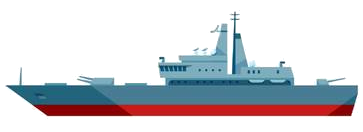
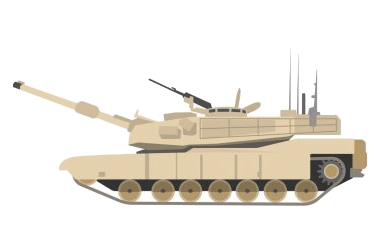
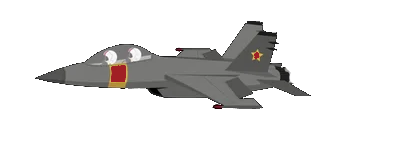
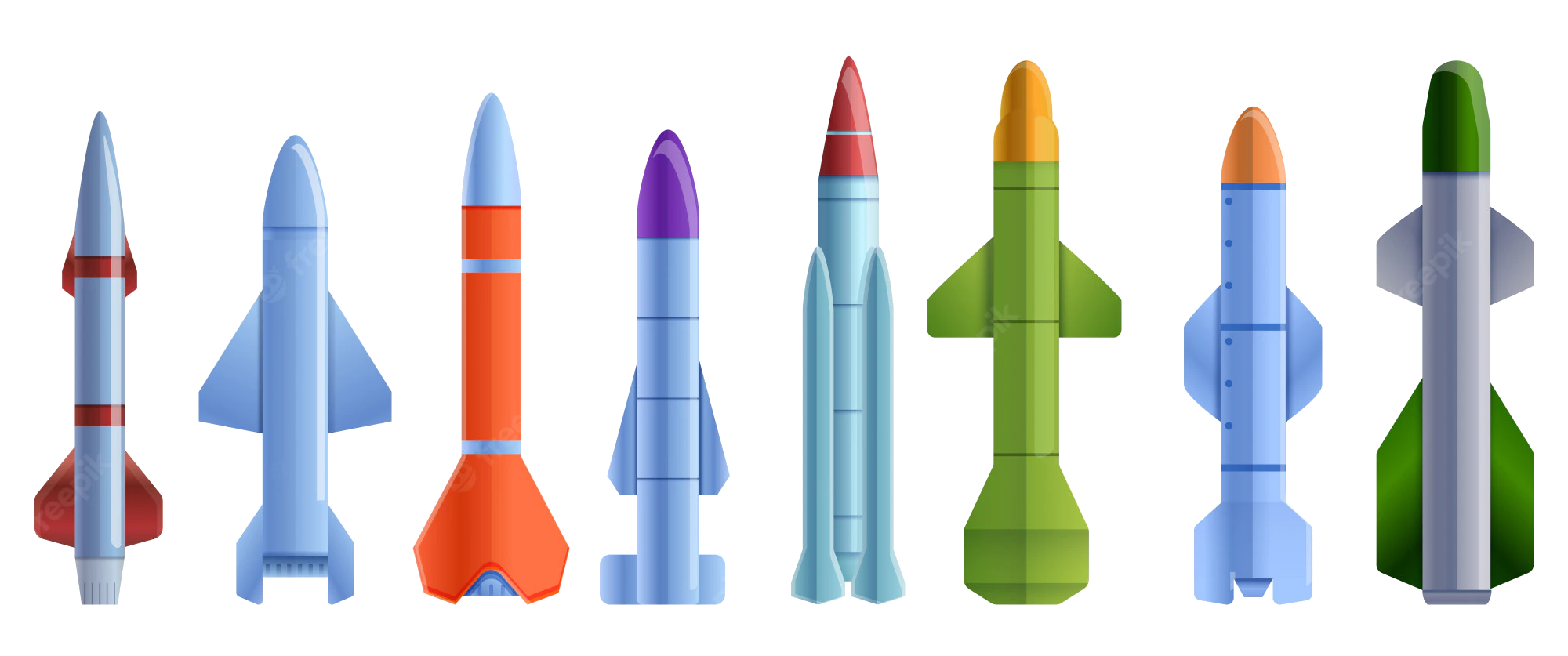 Military, defense and equipment
Military, defense and equipment

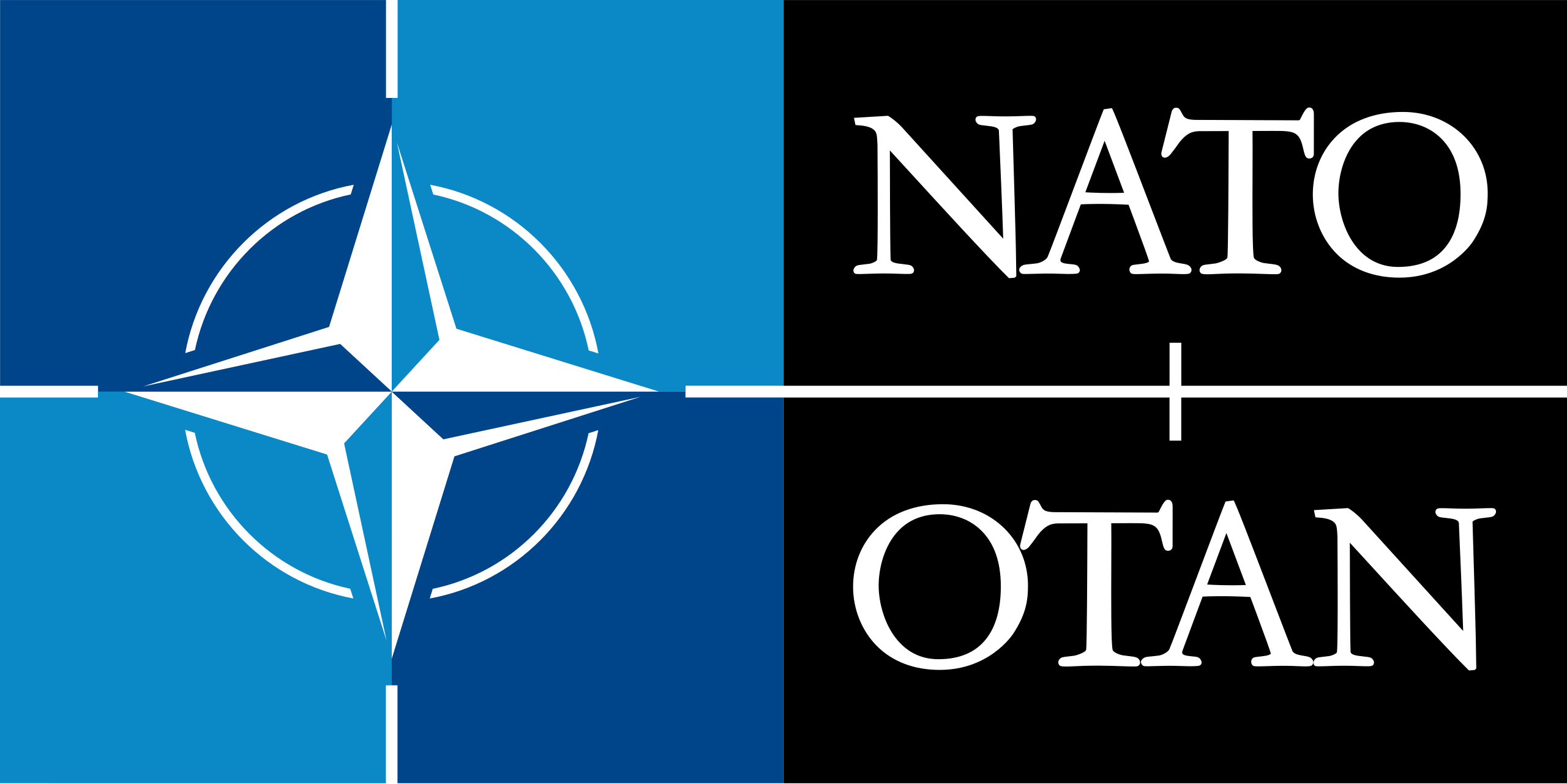 Mitglieder der NATO
Mitglieder der NATO
 Montenegro
Montenegro

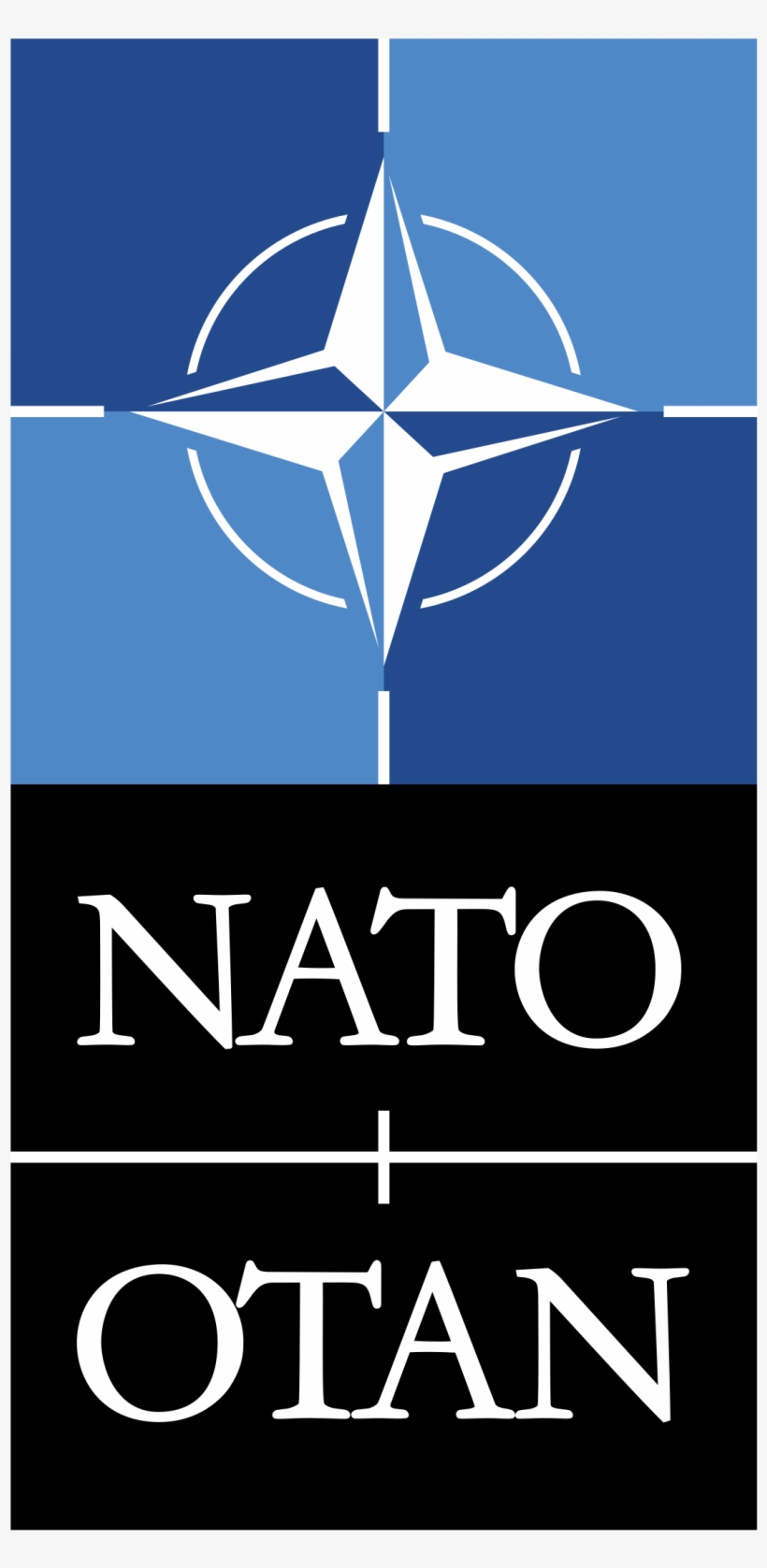 NATO summit
NATO summit
 Netherlands
Netherlands
 Nordmazedonien
Nordmazedonien
 Norwegen
Norwegen
 Poland
Poland
 Portugal
Portugal
 Romania
Romania
 Sweden
Sweden
 Slovakia
Slovakia
 Slovenia
Slovenia
 Spain
Spain
 Czech Republic
Czech Republic
 Turkey
Turkey
 Hungary
Hungary
 United States
United States
 United Kingdom
United Kingdom

 Important International Organizations
Important International Organizations
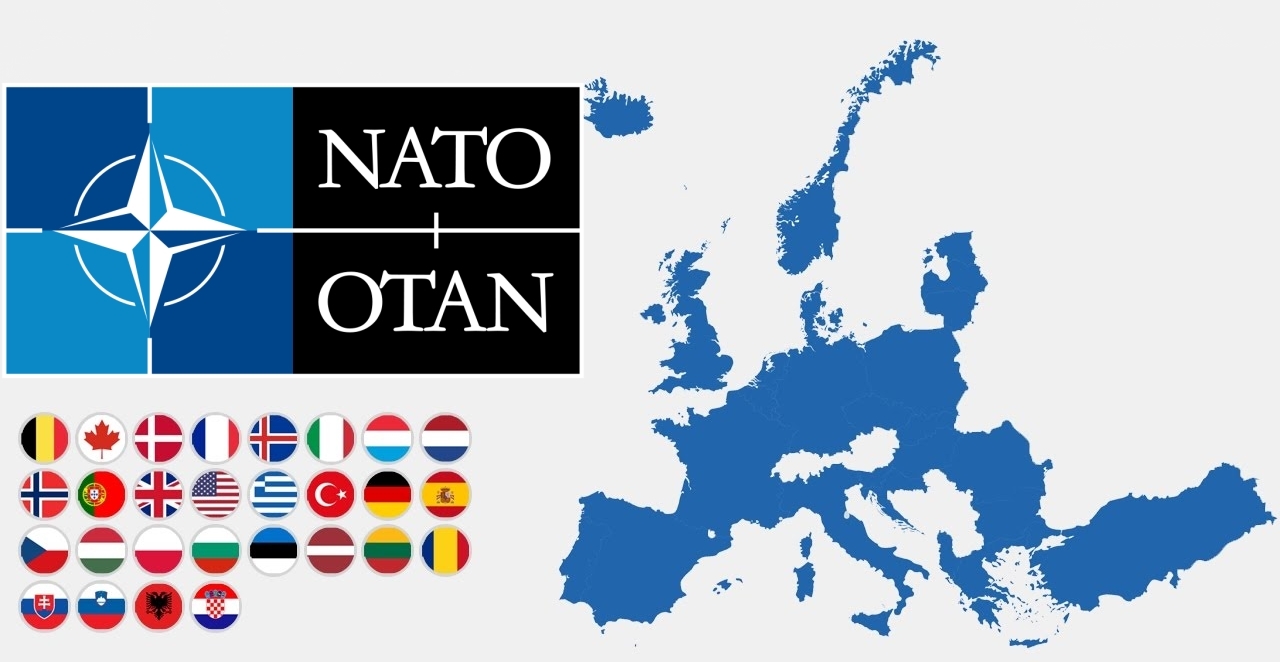
Die NATO (englisch North Atlantic Treaty Organization „Organisation des Nordatlantikvertrags“ bzw. Nordatlantikpakt-Organisation), im Deutschen häufig als Atlantisches Bündnis oder als Nordatlantikpakt bezeichnet (französisch OTAN – Organisation du Traité de l’Atlantique Nord), ist eine Internationale Organisation ohne Hoheitsrechte. Ihre Mitgliedstaaten behalten ihre volle Souveränität und Unabhängigkeit. Basis der NATO ist der Nordatlantikvertrag nach Artikel 51 der UN-Charta. Ihre Organisation versteht sich nicht nur als Verteidigungsbündnis, sondern auch als militärisch-politische Organisation von 29 europäischen und nordamerikanischen Mitgliedstaaten mit dem Ziel eigener Sicherheit und weltweiter Stabilität.
Das NATO-Hauptquartier beherbergt den Nordatlantikrat (das Hauptorgan der NATO) und seine unmittelbar nachgeordneten Einrichtungen, den International Staff (IS) und den International Military Staff (IMS); diese Institution hat seit 1967 ihren Sitz in Brüssel. Nach der Unterzeichnung des Nordatlantikpakts am 4. April 1949 – vorerst auf 20 Jahre – war das Hauptquartier zunächst in London ansässig und anschließend von 16. April 1952 bis 1967 in Paris angesiedelt worden.
Die beiden wichtigsten militärischen Hauptquartiere sind das ACO (aus historischen und juristischen Gründen auch als Supreme Headquarters Allied Powers Europe / SHAPE bezeichnet) im belgischen Casteau bei Mons und das Allied Command Transformation (ACT) in der US-Stadt Norfolk (Virginia).
北大西洋公约组织(英语:North Atlantic Treaty Organization,缩写为NATO;法语:Organisation du Traité de l'Atlantique Nord,缩写为OTAN),简称北约组织或北约,是欧洲及北美洲国家为实现防卫合作而建立的国际组织。1949年3月18日,美国、英国及法国公开建立北大西洋公约组织,于同年4月4日在美国华盛顿签署《北大西洋公约》后正式成立。为与以前苏联为首的东欧集团国成员相抗衡。及至苏联解体,华沙条约组织宣告解散,北约就成为一个地区性防卫协作组织。北约的最高决策机构是北约理事会。理事会由成员国国家元首及政府高层、外长、国防部长组成。总部设在比利时的布鲁塞尔。最新成员黑山于2017年6月5日加入,至此北约总共有跨域欧洲和北美的29个国家组成。北约军事开支占世界国防开支的70%[4],成员国国防开支占该国GDP的2%左右[5]。
公约第5条规定成员国受到的攻击一旦被确认,其他成员国将作出即时反应。该条款被理解为各国部队将自动参战,并不再次需要各国政府的参战授权。但这一条条款在九一一事件之前,一直都未有动用过[6] 。北约曾协助反海盗行动(counter-piracy operations),在联合国要求下打击亚丁湾、非洲之角和印度洋的海盗[7],并在2011年根据联合国安理会1973号决议将利比亚上空设为禁飞区。
北大西洋条約機構(きたたいせいようじょうやくきこう)は、北大西洋条約に基づき、アメリカ合衆国を中心とした北アメリカ(=アメリカとカナダ)およびヨーロッパ諸国によって結成された軍事同盟である。29カ国が加盟し、日本など非加盟国とも協力関係にある[1]。前身はブリュッセル条約 (1948年)。ベルギー首都ブリュッセルに本部を置く[2]。
略称は頭字語が用いられ、英語圏では、North Atlantic Treaty Organization を略した NATO(ネイトー)と呼ばれ、日本やドイツ語圏では NATO(ナトー)、フランス語圏・スペイン語圏・ポルトガル語圏等では OTAN(オタン)と呼ばれる。
The North Atlantic Treaty Organization (NATO /ˈneɪtoʊ/; French: Organisation du Traité de l'Atlantique Nord; OTAN), also called the North Atlantic Alliance, is an intergovernmental military alliance between 29 North American and European countries. The organization implements the North Atlantic Treaty that was signed on 4 April 1949.[3][4] NATO constitutes a system of collective defence whereby its independent member states agree to mutual defence in response to an attack by any external party. NATO’s Headquarters are located in Haren, Brussels, Belgium, while the headquarters of Allied Command Operations is near Mons, Belgium.
Since its founding, the admission of new member states has increased the alliance from the original 12 countries to 29. The most recent member state to be added to NATO is Montenegro on 5 June 2017. NATO currently recognizes Bosnia and Herzegovina, Georgia, Macedonia and Ukraine as aspiring members.[5] An additional 21 countries participate in NATO's Partnership for Peace program, with 15 other countries involved in institutionalized dialogue programs. The combined military spending of all NATO members constitutes over 70% of the global total.[6] Members have committed to reach or maintain defense spending of at least 2% of GDP by 2024.[7][8]
L’Organisation du traité de l'Atlantique norda (en anglais : North Atlantic Treaty Organization) est l'organisation politico-militaire mise en place par les pays signataires du traité de l'Atlantique nord afin de pouvoir remplir leurs obligations de sécurité et de défense collectives. Elle est le plus souvent désignée par son acronyme OTAN (en anglais NATO) mais aussi fréquemment nommée l’Alliance atlantique, plus rarement l’Alliance euro-atlantique ou l’Alliance transatlantique5, ou parfois, encore plus brièvement, simplement l’Alliance.
Le texte de ce traité, signé le 4 avril 1949, établit le Conseil de l'Atlantique nord (CAN), et lui donne mission de mettre en place l'organisation nécessaire à son application. Le choc provoqué par le déclenchement de la guerre de Corée conduit le CAN à décider fin 1950 la création d'une organisation militaire intégrée permanente, qui constitue encore actuellement la marque distinctive de l'OTAN et lui assure des capacités militaires qu'aucune autre alliance de défense ne possède. Sous le vocable OTAN, l'usage a prévalu d'englober l'alliance juridiquement conclue par les pays signataires du traité de l'Atlantique nord, et l'organisation civile et militaire mise en place pour en rendre opérants les objectifs. La France toutefois a fait exception en décidant en 1966, tout en restant membre de l'Alliance atlantique, de quitter l'organisation militaire intégrée, dont elle est redevenue membre à part entière en 2009.
L'Alliance voit le jour dans le contexte général des débuts de la guerre froide et plus spécifiquement pendant le blocus de Berlin exercé par les Soviétiques. Elle a pour vocation initiale d'assurer la sécurité de l'Europe occidentale en instaurant un couplage fort avec les États-Unis, seul moyen aux yeux des Européens après la Seconde Guerre mondiale de se prémunir contre toute tentative expansionniste de l'Union soviétique. Selon le mot de son premier secrétaire général, Lord Ismay, le rôle de l'OTAN consiste à « garder les Russes à l'extérieur, les Américains à l'intérieur et les Allemands sous tutelle »b. L'OTAN constitue le noyau dur du bloc de l'Ouest. Entre 1955 et 1991, l'adversaire désigné de l'OTAN est le pacte de Varsovie formé par les Soviétiques à la suite de l'adhésion de la RFA à l'Alliance atlantique et à son réarmement. L'OTAN s'organise donc pour faire face à cette menace par la définition de concepts stratégiques touchant notamment les questions relatives aux armes nucléaires, par la planification coordonnée entre tous ses membres de leurs moyens militaires, et par des commandements intégrés par zone géographique, dont le SHAPE est de loin le plus important.
Depuis la dissolution de l'URSS et la fin de la guerre froide en 1991, l'Alliance atlantique a perduré malgré la disparition de sa principale raison d'être initiale. Elle a procédé à son élargissement à d'anciens pays du bloc de l'Est et d'anciennes républiques de l'Union soviétique. Elle a pris en compte de nouvelles crises et menaces comme les conflits nationalistes dans l'ex-Yougoslavie, l'essor du terrorisme international ou la prolifération des armes de destruction massive, en conséquence de quoi l'OTAN a revu en profondeur son concept stratégique et son organisation civile et militaire à plusieurs reprises. Elle a développé une politique systématique de partenariats en Europe et dans le monde, au titre de laquelle les pays de l'Alliance ont établi depuis 1994 un partenariat pour la paix (PPP) avec la Russie, les pays de sa zone d'influence et avec les pays neutres d'Europe occidentale. L'OTAN a aussi mis en place en 2002 avec l'UE une relation privilégiée, l'Identité européenne de sécurité et de défense (IESD), qui permet à cette dernière de bénéficier de moyens de l'OTAN pour certaines opérations entrant dans le cadre de sa politique de sécurité et de défense commune.
Le siège de l'OTAN, initialement situé à Londres puis à Paris (dans les locaux désormais occupés par l'université Paris-Dauphine - PSL) se trouve depuis 1966 à Haren (Bruxelles), et son principal commandement militaire, le SHAPE, initialement installé à Rocquencourt (France), se trouve aujourd'hui à Maisières (Mons), également en Belgique.
L'Organizzazione del Trattato dell'Atlantico del Nord (in inglese North Atlantic Treaty Organization, in sigla NATO,[3] in francese: Organisation du Traité de l'Atlantique Nord, in sigla OTAN) è un'organizzazione internazionale per la collaborazione nel settore della difesa.
Il trattato istitutivo della NATO, il Patto Atlantico, fu firmato a Washington il 4 aprile 1949, ovvero nell'immediato secondo dopoguerra, ed entrò in vigore il 24 agosto dello stesso anno. Attualmente, fanno parte della NATO 29 stati del mondo.
La Organización del Tratado del Atlántico Norte u OTAN (en inglés: North Atlantic Treaty Organization o NATO; en francés: Organisation du Traité de l'Atlantique Nord u OTAN), también denominada Alianza del Atlántico, Alianza del Atlántico Norte o Alianza Atlántica, es una alianza militar intergubernamental basada en el Tratado del Atlántico Norte o Tratado de Washington firmado el 4 de abril de 1949. La organización constituye un sistema de defensa colectiva, en la cual los Estados miembros acuerdan defender a cualquiera de sus miembros si son atacados por una potencia externa.3
La sede de la OTAN se encuentra en Bruselas, Bélgica, uno de los veintinueve Estados miembros de la organización que se extiende por Norteamérica y Europa. La última incorporación fue Montenegro, en junio de 2017. Además, veintiún países colaboran con la OTAN dentro del programa Asociación para la Paz, con otros quince involucrados en programas de diálogo y nueve como socios globales. En 2017, el gasto militar combinado de los veintinueve países fue el 52 % del gasto militar mundial.45
En sus primeros años, la OTAN no era mucho más que una asociación política. Sin embargo, la guerra de Corea hizo que se planteara una coalición permanente. Entonces se creó una estructura militar bajo la dirección de los comandantes de Estados Unidos. La Guerra Fría llevó a las naciones rivales a crear el Pacto de Varsovia en 1955.
Siempre se han manifestado dudas sobre la alianza europeo-norteamericana ante una invasión soviética, desacuerdos que se plasmaron con la creación por parte de Francia de la fuerza de choque nuclear y con su retirada de la estructura militar de la alianza entre 1966 y 2009.
Después de la caída del Muro de Berlín en 1989, la organización intervino dentro de la guerra de Yugoslavia, lo que se convirtió en la primera intervención conjunta de la OTAN. En lo político la organización ha mejorado sus relaciones con los antiguos miembros del bloque del Este, dando como resultado la incorporación a la OTAN de varios miembros del Pacto de Varsovia.
La única ocasión en que un país miembro invocó el artículo 5 del tratado reivindicando la ayuda en su defensa, fue Estados Unidos en 2001.6 Desde entonces, los miembros colaboraron con los Estados Unidos en la guerra de Afganistán. El artículo 4 del tratado prevé llamar a consulta a los miembros y ha sido convocado cuatro veces, tres de ellas por Turquía, la primera por la guerra de Irak y las dos restantes por ataques recibidos durante la guerra civil siria,7 la cuarta ha sido invocada por Polonia durante la crisis de Crimea de 2014, debido a la movilización de tropas rusas en la frontera polaca con Kaliningrado y las maniobras rusas en el mar Báltico.
НА́ТО, Организа́ция Североатланти́ческого догово́ра, Североатлантический Альянс (англ. North Atlantic Treaty Organization, NATO; фр. Organisation du traité de l'Atlantique Nord, OTAN) — военно-политический блок, объединяющий большинство стран Европы, США и Канаду. Основан 4 апреля 1949 года в США, с целью защиты Европы от советского влияния[~ 1][~ 2][~ 3][~ 4][~ 5]. Тогда государствами — членами НАТО стали 12 стран: США, Канада, Исландия, Великобритания, Франция, Бельгия, Нидерланды, Люксембург, Норвегия, Дания, Италия и Португалия. Это «трансатлантический форум» для проведения странами-союзниками консультаций по любым вопросам, затрагивающим жизненно важные интересы его членов, включая события, способные поставить под угрозу их безопасность. Одной из декларированных целей НАТО является обеспечение сдерживания любой формы агрессии в отношении территории любого государства — члена НАТО или защиты от неё.
В настоящее время членами НАТО являются 29 стран. Военные расходы всех членов НАТО в совокупности составляют более 70 процентов от общемирового объёма[1].



Nordmazedonien (mazedonisch Северна Македонија Severna Makedonija, albanisch Maqedonia e Veriut; amtlich Republik Nordmazedonien, mazedonisch Република Северна Македонија Republika Severna Makedonija, albanisch Republika e Maqedonisë së Veriut; bis 2019: Republik Mazedonien) ist ein Binnenstaat in Südosteuropa. Er umfasst den nördlichen Teil der historischen Region Makedonien.
Seit dem 27. März 2020 ist Nordmazedonien Mitglied der NATO sowie bereits seit 2005 ein Beitrittskandidat der Europäischen Union (EU). Nordmazedonien hat eine der schwächsten Volkswirtschaften Europas und befindet sich in einem Transformationsprozess, sowohl wirtschaftlich als auch politisch. Das Land hat mit hohen Arbeitslosenzahlen und einer schwachen Infrastruktur sowie fehlenden Investitionen zu kämpfen.
Neben slawischen Mazedoniern, die etwa 64 % der Gesamtbevölkerung stellen, gibt es eine große Minderheit an Albanern (25 %). Auch kleinere Minderheiten von Türken (3,85 %), Roma (2,66 %), Serben (1,78 %), Bosniaken (0,84 %) und Aromunen/Meglenorumänen (0,48 %) sowie anderen Ethnien (1,04 %) sind vorhanden. Durch diese Situation gab und gibt es immer wieder ethnisch motivierte Konflikte, vor allem zwischen Mazedoniern und Albanern. Nach den bürgerkriegsähnlichen Zuständen 2001 und dem danach unterschriebenen Friedensvertrag hat sich die Gesamtlage im Land deutlich verbessert. Eine gesellschaftliche Gleichstellung aller Ethnien ist jedoch immer noch nicht erreicht.
North Macedonia[c] (before 2019, Macedonia), officially the Republic of North Macedonia,[d] is a country in the Balkan Peninsula in Southeast Europe. It gained its independence in 1991 as one of the successor states of Yugoslavia. A landlocked country, North Macedonia has borders with Kosovo[e] to the northwest, Serbia to the northeast, Bulgaria to the east, Greece to the south, and Albania to the west.[8] It constitutes approximately the northern third of the larger geographical region of Macedonia. The capital and largest city, Skopje, is home to roughly a quarter of the country's 2.06 million inhabitants. The majority of the residents are ethnic Macedonians, a South Slavic people. Albanians form a significant minority at around 25%, followed by Turks, Romani, Serbs, Bosniaks, and Aromanians.
The history of the region dates back to antiquity, beginning with the kingdom of Paeonia, presumably a mixed Thraco-Illyrian polity.[9] In the late sixth century BC, the area was incorporated into the Persian Achaemenid Empire, then annexed by the kingdom of Macedonia in the fourth century BC. The Romans conquered the region in the second century BC and made it part of the much larger province of Macedonia. The area remained part of the Byzantine Empire, but was often raided and settled by Slavic tribes beginning in the sixth century of the Christian era. Following centuries of contention between the Bulgarian, Byzantine, and Serbian Empire, it was part of the Ottoman dominion from the mid-14th until the early 20th century, when, following the Balkan Wars of 1912 and 1913, the modern territory of North Macedonia came under Serbian rule.
During the First World War (1915–1918), it was ruled by Bulgaria, but after the end of the war it returned to being under Serbian rule as part of the newly formed Kingdom of Serbs, Croats and Slovenes. Later, during the Second World War (1941–1944), it was ruled by Bulgaria again, and in 1945 it was established as a constituent state of communist Yugoslavia, which it remained until its peaceful secession in 1991. The country became a member of the United Nations in April 1993, but as a result of a dispute with Greece over the name "Macedonia", it was admitted under the provisional description the former Yugoslav Republic of Macedonia[f] (abbreviated as FYR Macedonia and FYROM). In June 2018, Macedonia and Greece resolved the conflict with an agreement that the country should rename itself "Republic of North Macedonia". This renaming came into effect in February 2019.
A unitary parliamentary constitutional republic, North Macedonia is a member of the UN, NATO, Council of Europe, World Bank, OSCE, CEFTA, and the WTO. Since 2005, it has also been a candidate for joining the European Union. North Macedonia is an upper-middle-income country[12] and has undergone considerable economic reform since independence in developing an open economy. North Macedonia is a developing country, ranking 82nd on the Human Development Index, and provides a social security, universal health care system, and free primary and secondary education to its citizens.
La Macédoine du Nordb (en macédonien Северна Македонија, translitterré Severna Makedonija ; en albanais Maqedonia e Veriut), en forme longue la république de Macédoine du Nord (en macédonien Република Северна Македонија, translitterré Republika Severna Makedonija ; en albanais Republika e Maqedonisë së Veriut), est un pays d'Europe du Sud situé dans la péninsule des Balkans.
Connue de 1991 à 2019 sous le nom de « république de Macédoine » ou « ancienne république yougoslave de Macédoine » (ou par le sigle ARYM)b, ou parfois simplement « Macédoine » dans le langage courant, elle est l'un des États successeurs de la Yougoslavie, dont elle a déclaré son indépendance en 1991. Par le nom très ressemblant entre la Macédoine du Nord et la région grecque de la Macédoine, des tensions éclatent, jusqu'à une sortie de crise le 12 février 2019, où l'accord entre la nouvelle République de Macédoine du Nord et la République hellénique (qui a été validé par référendum puis ratification par les deux parlements9) entre en vigueur, et donne son nouveau nom à cet État. Ce changement de nom va ainsi lui permettre de prétendre à l'adhésion aux institutions internationales, comme l'OTAN ou l'Union européenne.
Sans accès à la mer, la Macédoine du Nord partage des frontières avec la Grèce, la Bulgarie, la Serbie, le Kosovoc et l'Albanie. Le pays, qui compte deux millions d'habitants, occupe approximativement la moitié nord de la Macédoine géographique, qui s'étend aussi en Bulgarie et en Grèce. Sa capitale et plus grande ville est Skopje, suivie par Koumanovo, Bitola, Prilep et Tetovo. Le pays est principalement montagneux et compte une cinquantaine de lacs.
Par sa position en Europe, le territoire de la république a connu de nombreuses occupations et migrations, les plus marquantes étant l'âge byzantin, l'arrivée des Slaves au VIe siècle, puis une domination ottomane longue de cinq siècles. Ces présences ont façonné une culture riche en influences, puisqu'en plus de citoyens appartenant au peuple macédonien, le pays compte d'importantes minorités albanaise, turque et rom. La Macédoine du Nord compte une majorité d'habitants chrétiens orthodoxes, mais aussi une forte communauté musulmane.
La Macédoine du Nord possède un régime politique démocratique et parlementaire. Longtemps isolée après son indépendance, elle connaît une transition difficile à l'économie de marché. Elle se classe en effet parmi les États européens avec un indice de développement humain des plus bas. L'adhésion du pays à l'Union européenne a été définie comme la principale priorité stratégique par le gouvernement macédonien en 200611. Les négociations d'adhésion ont formellement été ouvertes par le Conseil européen le 26 mars 202012.
Elle est membre de l'Organisation des Nations Unies, du Conseil de l'Europe et de l'Organisation du Traité de l'Atlantique Nord depuis peu (27 mars 20207).
La Macedonia del Nord, ufficialmente Repubblica della Macedonia del Nord (in macedone: Република Северна Македонија?, traslitterato: Republika Severna Makedonija; in albanese: Republika e Maqedonisë së Veriut), è uno Stato della penisola balcanica nell'Europa sud-orientale.
Fino al 2019 lo Stato si chiamava Repubblica di Macedonia ed è stato coinvolto in un'annosa disputa sul proprio nome con la Grecia; in base all'accordo di Prespa del giugno del 2018, nonostante il mancato raggiungimento del quorum nel referendum consultivo del 30 settembre, il parlamento macedone ha approvato nel gennaio del 2019 una modifica costituzionale per adottare il nome di Macedonia del Nord e poter così successivamente aderire con la nuova denominazione alla NATO e all'Unione europea.[7][8] Il cambio del nome è poi divenuto effettivo il successivo 12 febbraio.[9] Dal 27 marzo 2020 lo Stato fa quindi parte della NATO.
Da alcuni stati, tra cui quelli dell'Unione europea, nonché dall'Unione medesima e da altre entità sovranazionali, era riconosciuta come Ex Repubblica Jugoslava di Macedonia[10] (abbreviato ERJM o ERIM;[11] in inglese Former Yugoslav Republic of Macedonia, FYROM; in macedone Πоранешна Југословенска Република Македонија, Poranešna Jugoslovenska Republika Makedonija) a seguito dell'adesione del Paese all'ONU (1993) con tale "denominazione provvisoria".[12]
Stato senza sbocco al mare, la Macedonia del Nord confina a sud-ovest con l'Albania, a nord-est con la Bulgaria, a nord con la Serbia e il Kosovo e a sud-est con la Grecia. Il territorio governato dalla Macedonia era in precedenza la parte meridionale estrema della Jugoslavia. I confini odierni vennero fissati poco dopo la seconda guerra mondiale, quando la Jugoslavia socialista stabilì nella zona la Repubblica Popolare di Macedonia, riconoscendo i macedoni come una nazione separata all'interno della Jugoslavia. Rinominatasi Repubblica di Macedonia l'8 settembre 1991, si separò pacificamente dalla Jugoslavia senza ulteriori modificazioni territoriali.
Dal 2001 la Macedonia è una democrazia parlamentare (vedi Cristianesimo democratico e Movimenti liberali nell'Islam).
Macedonia del Norte (en macedonio: Северна Македонија, romanización: Severna Makedóniya), oficialmente República de Macedonia del Norte (en macedonio: Република Северна Македонија, romanización: Repúblika Severna Makedóniya), y hasta febrero de 2019 llamado la ex República Yugoslava de Macedonia7 o más adecuadamente Antigua República Yugoslava de Macedonia,8 es un país independiente sin litoral, situado en la península balcánica, en el sureste de Europa. Limita al norte con Serbia y Kosovo,Nota 2 al este con Bulgaria, al sur con Grecia y al oeste con Albania. Su capital es Skopie, con más de 700 000 habitantes.
Este país surgió en 1991 después de que la antigua República Socialista de Macedonia, una de las partes constituyentes de la República Federal Socialista de Yugoslavia, declarara su independencia con el nombre de «República de Macedonia» (Република Македонија, República Makedóniya),Nota 3 y con el nombre corto de «Macedonia», en algunos casos. El uso del término «Macedonia» fue rechazado por Grecia, y surgió una disputa sobre la denominación de este país entre ambos estados. Como postura intermedia, en 1993 se adoptó la referencia provisional «Antigua República Yugoslava de Macedonia»11 (Поранешна Југословенска Република Македонија, Poranešna Jugoslovenska Republika Makedonija, en macedonio) para denominar al Estado macedonio en algunas organizaciones internacionales, como en la Organización de las Naciones Unidas. El conflicto perduró hasta febrero de 2019, después de que ambas partes aceptaran el uso definitivo del nombre de «República de Macedonia del Norte».Nota 4
Се́верная Македо́ния (макед. Северна Македонија, алб. Maqedonia e Veriut), полное официальное название — Респу́блика Се́верная Македо́ния (макед. Република Северна Македонија, алб. Republika e Maqedonisë së Veriut) — государство на юго-востоке Европы, на Балканском полуострове. Население, по данным Государственного статистического управления Республики Северная Македония, составляет 2 073 702 человека, территория — 25 333 км². Занимает 145-е место в мире по численности населения и 145-е по территории.
Столица — Скопье. Единственным государственным языком является македонский. Албанский имеет статус «второго официального языка» (макед. втор официјален јазик), но не употребляется в сфере международных отношений, обороны, центральной полиции и монетарной политики.
Унитарное государство, парламентская республика. 3 января 2020 года пост премьер-министра занял Оливер Спасовский.
Подразделяется на 85 административно-территориальных единиц, 84 из которых являются общинами и город Скопье, как самостоятельную единицу местного самоуправления.
Не имеет выхода к морю. На севере граничит с частично признанной Республикой Косово[5] и Сербией, на западе — с Албанией, на юге — с Грецией, на востоке — с Болгарией.
Отличается значительным этнокультурным разнообразием. Около 67 % населения исповедует православие, мусульмане составляют 30 % от общего числа жителей, а приверженцев других конфессий — 3 %.
Аграрно-индустриальная страна с динамично развивающейся экономикой. Объём ВВП по паритету покупательной способности за 2017 год составил 31,03 миллиарда долларов США (около 14 900 долларов США на душу населения). Денежная единица — македонский денар. Член НАТО с 30 марта 2020[6].
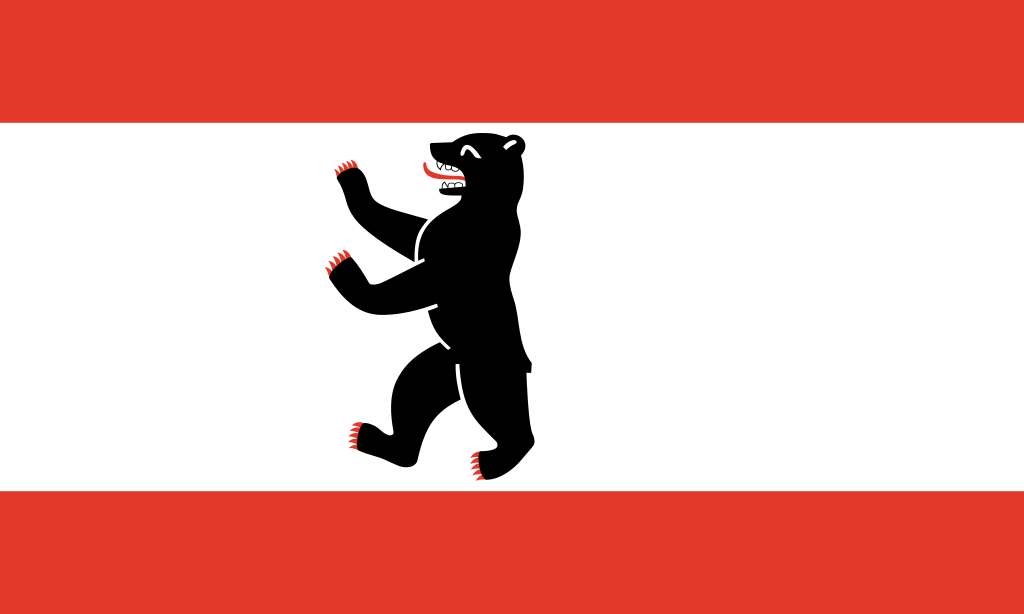 Berlin
Berlin
 International cities
International cities
 World Heritage
World Heritage
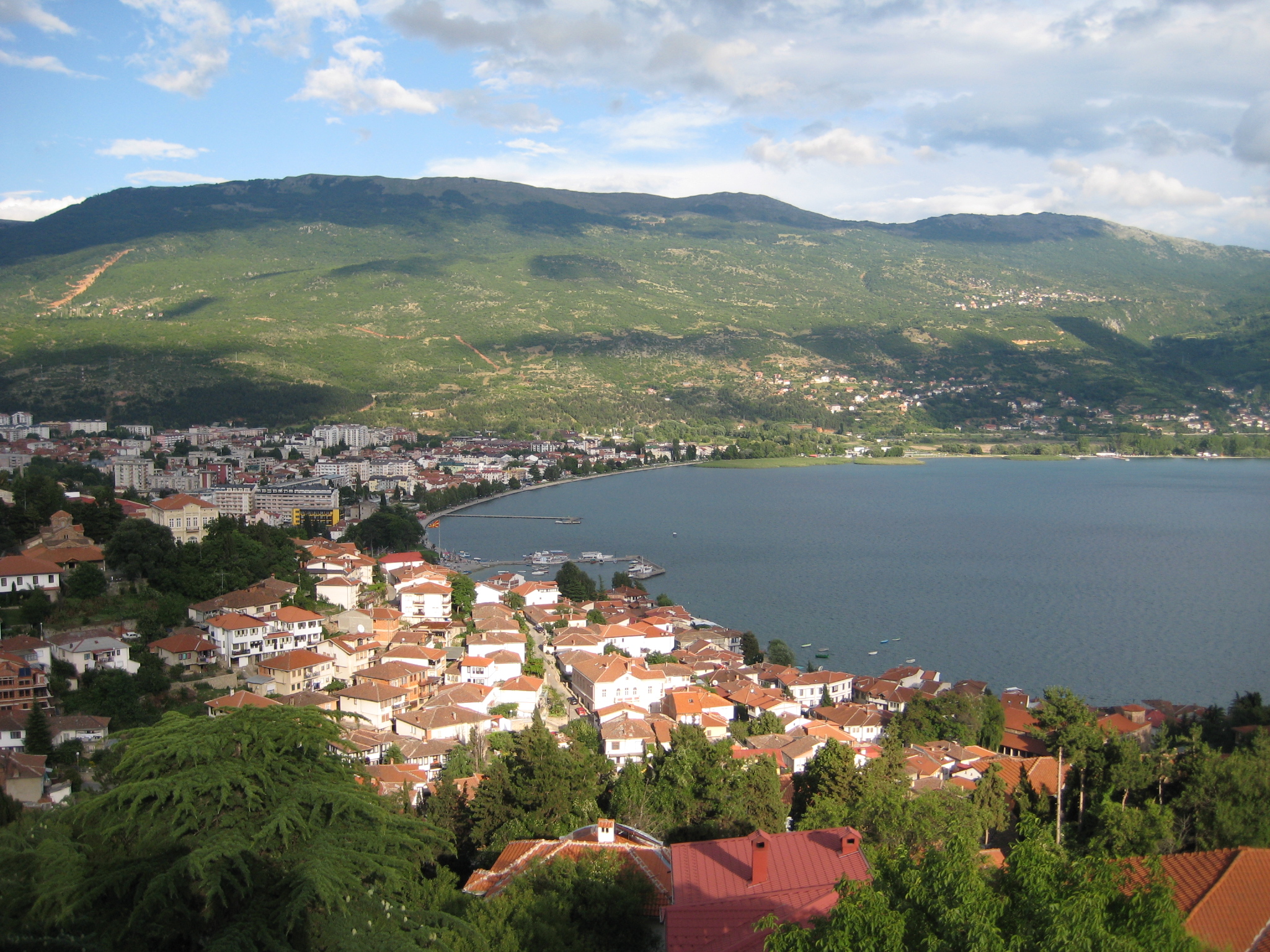
 Geography
Geography
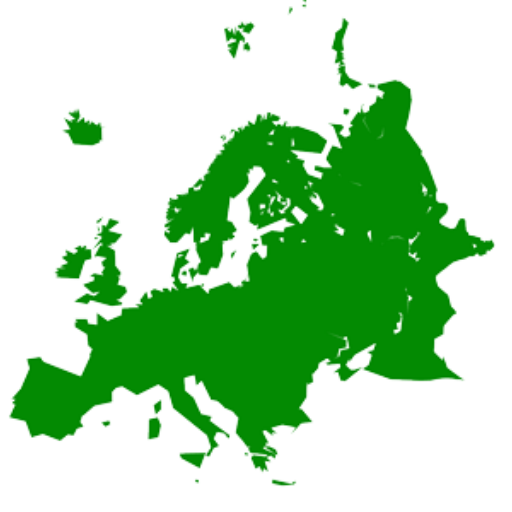 States of Europe
States of Europe

